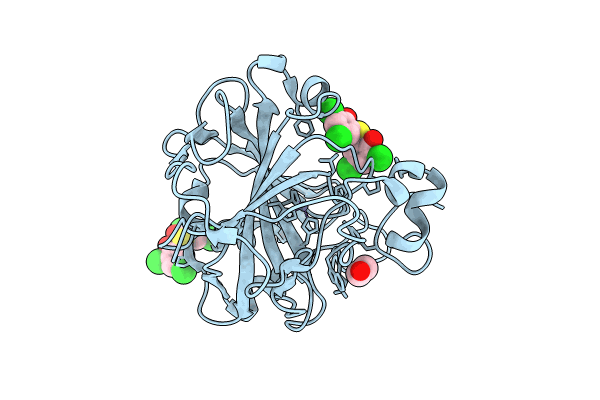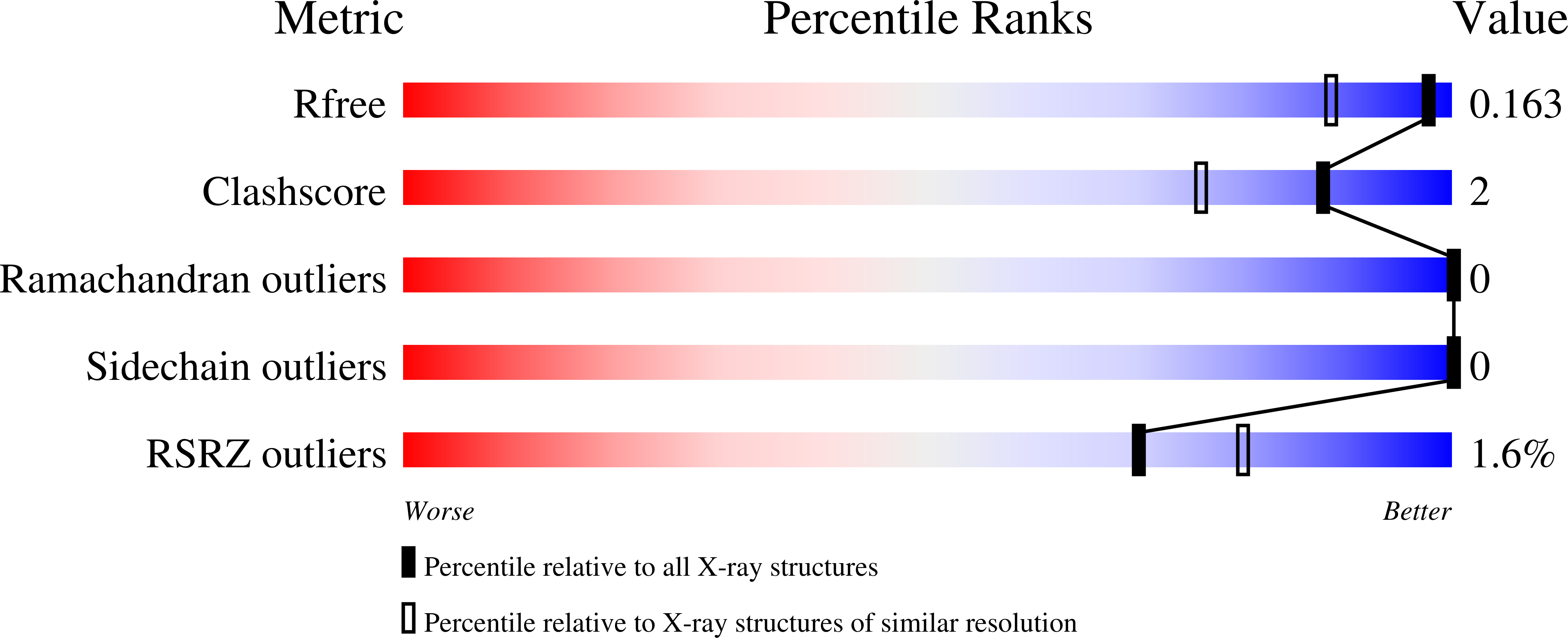
Deposition Date
2023-10-04
Release Date
2024-10-16
Last Version Date
2025-04-30
Method Details:
Experimental Method:
Resolution:
1.35 Å
R-Value Free:
0.16
R-Value Work:
0.11
Space Group:
P 1 21 1


